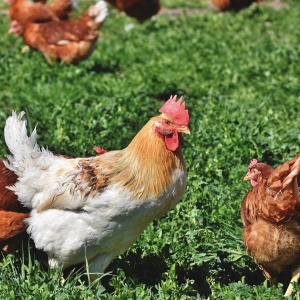
This commentary piece, co-authored by FCRN member Elin Röös, argues that the message ‘less but better meat’ needs to be defined more clearly, since there is a risk that the message could actually push livestock production towards more harmful practices.
Regarding the term ‘less’, the commentary points out that recommended meat intake levels may vary depending whether they are based on health considerations, climate targets, animal welfare concerns or other sustainability aspects such as livelihoods and maintenance of traditional landscapes.
Regarding the term ‘better’, the commentary notes that a wide range of attributes - shown in the figure below - can be used to define ‘better’. Some of these attributes are subjective and may vary by culture, e.g. consumers in the US tend to prefer the flavour of grain-fed beef whereas European consumers tend to prefer the flavour of grass-fed beef. The piece also discusses the tradeoffs that exist between different forms of livestock production. For example, poultry may have a lower carbon footprint per kg than grass-fed beef, but can also be worse from the perspective of animal welfare and antimicrobial use. Defining ‘better’ therefore requires making normative value judgements.
Image: Figure 2, Sahlin et al. Quality aspects that can be used to define ‘better meat’. Intrinsic (left) and extrinsic (right) factors contribute towards consumers’ perception of ‘better meat’. Intrinsic factors can include taste attributes (pink) and health impacts (purple). Extrinsic factors comprise many aspects of meat production that are broadly categorised into social (purple) and environmental qualities (blue).
Given the tradeoffs and uncertainties around ‘better’ meat, the piece concludes that eating ‘less’ meat - i.e. significantly less than current consumption in high-income countries - is “the most effective strategy to alleviate the pressures of meat eating and stay within planetary boundaries”.
Abstract
The expression ‘less but better’ is used to guide Western meat consumption towards sustainability. Its definition, however, lacks clarity and may push meat consumption further from sustainable practices. The research community needs to provide a more informed explanation to consumers of what is ‘less’ and what is ‘better’.
Reference
Sahlin, K.R., Röös, E. and Gordon, L.J., 2020. ‘Less but better’ meat is a sustainability message in need of clarity. Nature Food, 1(9), pp.520-522.
Read the full paper here or here (PDF link). See also the Foodsource chapter Focus: the difficult livestock issue.







Post a new comment »